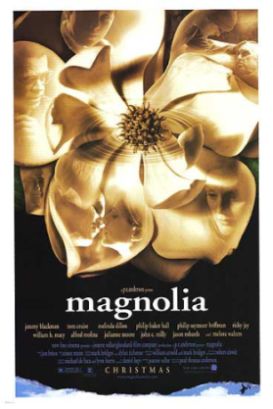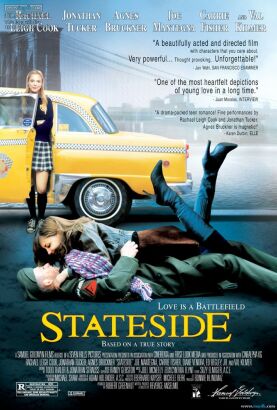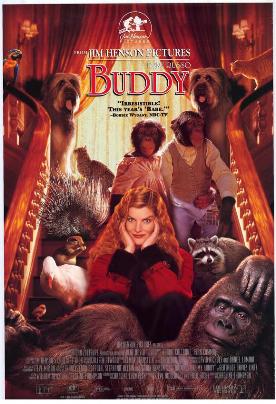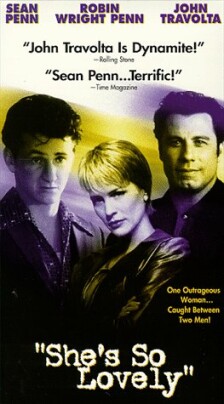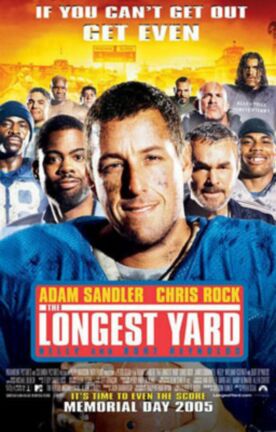Let the Right One In
It’s gratifying that, in the week that Twilight is about to demonstrate the ease with which our degraded popular culture is able to assimilate a ludicrously sanitized version of vampirism — Stephenie Meyer’s vampires normally drink only animal blood, and not that of endangered species — to the sexual fantasies of teenage girls, I have the opportunity to notice Let the Right One In (Lat den rätte komma in) by the Swedish director, Tomas Alfredson. This movie is also a fantasy but not, at least until the end, a childish, wish-fulfilling one. On the contrary, it almost succeeds in the seemingly impossible task of coaxing a flame of originality and even profundity from from the cold, dead ashes of the vampire legend. He does this by doing a sex-change on the central fantasy figure transferring her from the realm of Gothic sex imagery — gone camp for two generations now — to the enchanted but already semi-sexualized world of pre-pubescence.
His vampire, Eli (Lina Leandersson), is an ethereally-beautiful child who is half Lolita, half Peter Pan. She befriends the lonely, epicene Oskar (K re Hedebrant) who is the victim of bullies at school and an often-absent single-mother at home. We would be disposed to believe that Eli, with her combination of beauty and power, was a figment of his imagination were it not for Hakan (Per Ragnar), her strange companion who murders and drains the blood from random victims — human, not animal — in order to feed her. He is one of the film’s better ideas. We don’t know what his relations to Eli is, and he doesn’t appear to be a vampire himself. But for whatever reason he has taken it upon himself to adopt a parental role towards her, going out to do difficult and dangerous work in order that she may be protected and nourished.
The trouble is that, he does it so badly, on more than one occasion nearly getting caught in the midst of his halal-style butcheries of the neighbors and leaving her to do the more traditional vampire thing of fastening her teeth into people’s necks and drinking their blood fresh from the source. Even vampires, it seems, can have feckless or incompetent parents and providers and so be forced to make their own way in the world. The mock, two-person family made up by Eli and Hakan mirrors that of Oskar and his mother, Yvonne (Karin Bergquist), in the neighboring apartment of their featureless, down-market building, except that the balance of affection and fear — of the would-be child in the would-be parent — is somewhat exaggerated in the former. Also, of course, the child in that case can never grow up.
“Are you dead?” Oskar asks when he realizes, about three quarters of the way through the film, what his new friend really is.
“No,” she replies. “Can’t you tell?”
“But are you old?”
“I’m twelve. But I’ve been twelve for a long time.”
The point about J.M. Barrie’s Peter Pan, as P.J. Hogan recognized in his fine film of 2003, was that he was a boy. There is both good and bad about never growing up, but it is only, really, an option for boys. Not the least fantastical element of “The Twilight Saga” is the typical pop-cultural pretense that girls are just the same. Wendy is there to remind us that girls are not the same, that they are biologically programmed to get on with life in a way that boys are not, and that this fact of nature was always destined to put an end to the Neverland idyll. Eli, as she keeps insisting to Oskar, is not a real girl. Oskar says he doesn’t care. He wants her to “go steady” with him anyway, but the fact that he will grow and she won’t would seem to put the same sort of unbridgeable gulf between them as exists between Wendy and Peter. “Just so you know, I can’t be your friend,” is the first thing Eli says to Oskar — though thereafter Mr Alfredson seems intent on denying this.
Is that because he means to suggest to us an allegory of what Pope Jean-Paul II used to call “the culture of death” or — and the two are very far from being mutually exclusive — a gloss on Shakespeare’s Sonnet 94 (“They that have power to hurt and will do none”)? It says something for the film that the question even arises, but I’m afraid that’s not where he’s going with it. For much of the movie, he does a marvelous job of capturing the child’s sense of a permeable membrane separating reality and enchantment, and, at least for so long as this is sustained — for so long as vampirism is a secret shared by the two childish friends, like how to solve the Rubik’s cube — it is the best thing about the movie. I also like the fact that Eli, in spite of her otherworldly origins and interests, has enough of a sense of ordinary, down-to-earth moral difficulties and dilemmas — what should the undead have to do with schoolboy honor, anyway? — to give Oskar some good advice about how to deal with the trio of bullies.
But, finally, Let the Right One In cannot escape from vampire camp and the wish-fulfilling likes of Twilight. The final revenge fantasy is too obvious, vulgar and Stephen Kingish, in my view spoiling much of what has gone before. Up until then, the unhappy home and school life of the hero is hinted at without being insisted upon or made too much of, and his retreat into a private world comes to seem natural and right. Likewise some of the more spectacular effects, by becoming too explicit, too much given to typical “horror” movie fare, break the illusion so painfully built up with music and painterly camera-work and the fine performances of the two children in the film’s best passages. This is a movie that could almost have been an apology for fantasy, if the fantasy did not end up being too trite and familiar and, like most fantasy, frankly unbelievable.
Discover more from James Bowman
Subscribe to get the latest posts to your email.



